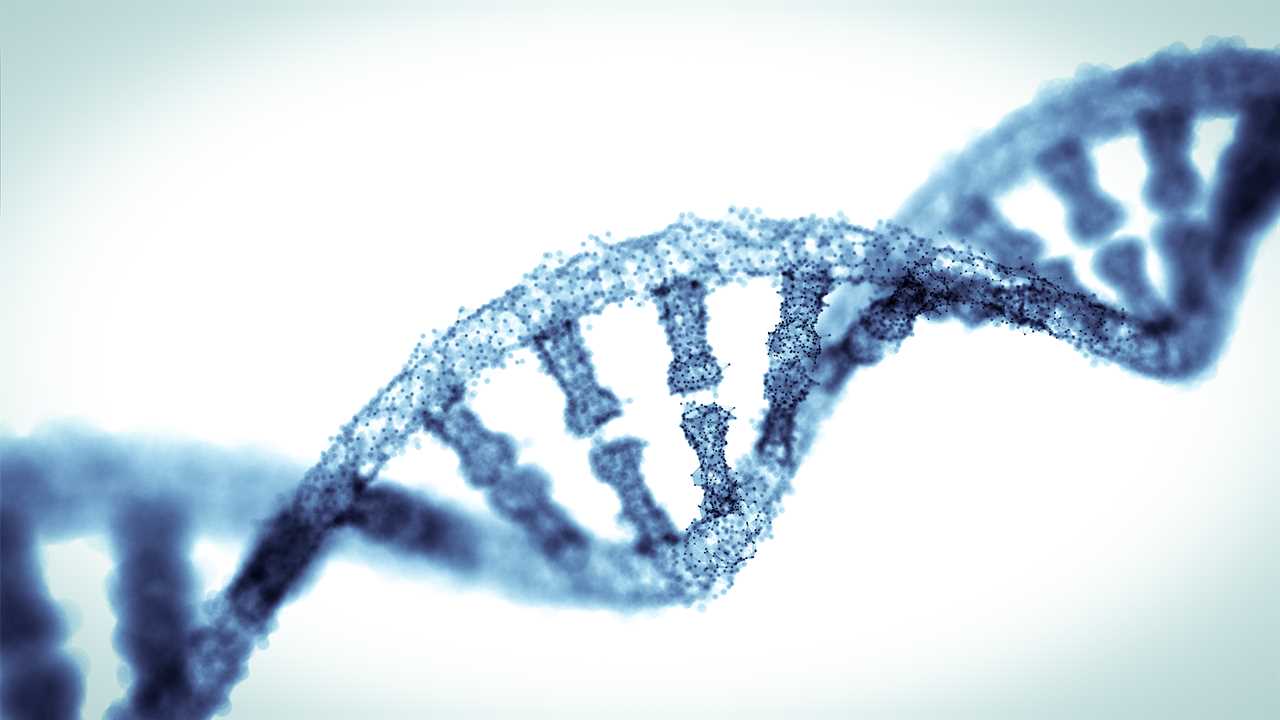THE “incredible” case of a woman who survived 12 tumours in different organs could help “cure cancer”, scientists hope.
The unnamed patient, now in her 40s, was diagnosed with her first tumour when she was a toddler.

The ‘incredible’ case of a woman who survived 12 different tumours – five of which were aggressive cancer – could help scientists develop new treatments and tests to ensure early diagnosis in future
Every few years throughout her life, she was diagnosed with new tumours – five of which were found to be cancerous.
Each has been a different type of tumour, and each has affected a different part of her body, scientists said.
Now, a team at the Spanish National Cancer Research Centre, hope studying the patient’s case could prove a “breakthrough” and pave the way for early cancer diagnosis – something that saves lives.
They discovered the woman’s tumours stem from the fact she inherited a specific genetic mutation from both her parents.
The researchers found the woman’s immune system naturally generates a strong anti-inflammatory response that fights the tumours.
Understanding how it does this could help stimulate the immune system in other patients, they suggest.
Professor Marcos Malumbres, of the Spanish National Cancer Research Centre (CNIO) in Madrid, said: “We still don’t understand how this individual could have developed during the embryonic stage – nor could have overcome all these pathologies.”
He added that this “exceptional case” paves the way for doctors to be able to identify cells in the body that could turn into a tumour, well in advance of current clinical tests and diagnostic imaging.
“It also provides a novel way to stimulate the immune response to a cancerous process,” he said.
When the patient first arrived at the CNIO’s clinic, a blood sample was taken to analyse the genes most often linked to hereditary cancer – but nothing untoward was found.
Scientists then analysed the woman’s entire genome and found mutations in a gene called MAD1L1, which is essential in the process of cell division and proliferation.
They looked at the effect of these mutations and found they can alter the number of chromosomes in the cells.
All cells in the human body have 23 pairs of chromosomes.
Animal models have suggested that when there are mutations in both copies of the MAD1L1 gene – one from each parent, as was the case with the female patient – the embryo dies.
The team was stunned to find the woman has mutations in both copies but has survived, living as normal a life as possible for someone suffering ill health.
Writing in the journal Science Advances co-author of the study, Miguel Urioste, who headed the CNIO’s Familial Cancer Clinical Unit until his retirement in January, said no other case like this has ever been seen before.
“Academically we cannot speak of a new syndrome because it is the descriptions of a single case, but biologically it is.”
IMMUNITY BOOST
The scientists were intrigued to find that the five aggressive cancers diagnosed in the patient disappeared relatively easily.
They suggest that “the constant production of altered cells has generated a chronic defensive response in the patient against these cells, and that helps the tumours to disappear”.
Dr Malumbres added: “We think that boosting the immune response of other patients would help them to halt the tumoural development.”
The researchers hope their findings will open up the potential for new treatment options in the future.
The patient was also found to have skin spots, microcephaly – a condition where a baby’s head is much smaller than expected – and other alterations.
The researchers used a state-of-the-art technique called single-cell analysis – which provides a wealth of information.
It involves scanning the genes of each of the blood cells separately, said first author Dr Carolina Villarroya-Beltri.
She added: “By analysing thousands of these cells separately, one by one, we can study what is happening to each specific cell, and what the consequences of these changes are in the patient.”
The blood sample contained several hundred chromosomally identical immune cells called lymphocytes – coming from a single, rapidly proliferating source.
They attack specific invaders. But sometimes they proliferate too much – spreading to form a tumour.
The original stages of a cancer were being captured by this work. So single-cell analysis identifies tumour cells years before the appearance of clinical symptoms.






